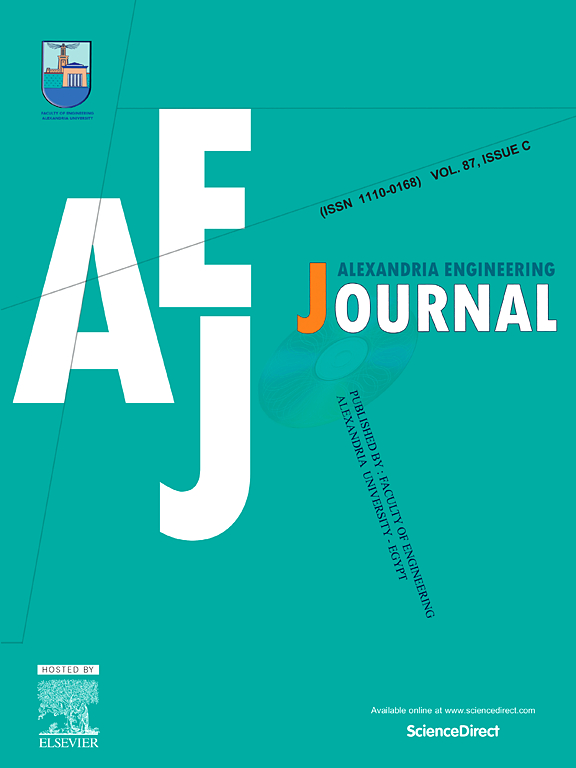A multi-objective dynamic detection model in autonomous driving based on an improved YOLOv8
IF 6.2
2区 工程技术
Q1 ENGINEERING, MULTIDISCIPLINARY
引用次数: 0
Abstract
How to efficiently identify and accurately track multiple targets in complex traffic scenes has become a key technical challenge that urgently needs to be solved. Therefore, this study developed a lightweight model that combines attention mechanism with convolutional neural network and YOLOv8 to achieve dynamic detection algorithm for multiple targets. Firstly, in the data preprocessing stage, mosaic image enhancement technology is used to highlight the features of small targets and complex scenes. Subsequently, MobileNetV3_CA network was designed to integrate lightweight MobileNetV3 and Coordinate Attention module as the backbone feature extraction network of YOLOv8, thereby enhancing the accuracy and specificity of feature extraction. To further enrich feature information, multi-scale feature layers are input into PANet for fusion. The experimental results show that the proposed method, which combines attention convolution and YOLOv8 for multi-target dynamic detection in autonomous driving scenes, significantly improves performance in multi-target detection tasks. Compared to the traditional YOLOv8 model and its variants without attention mechanism, this method outperforms the detection accuracy on multiple autonomous driving datasets. This research achievement provides a strong technical support for the perception module of the auto drive system, and helps to promote the development of autopilot technology to a higher level.
求助全文
约1分钟内获得全文
求助全文
来源期刊

alexandria engineering journal
Engineering-General Engineering
CiteScore
11.20
自引率
4.40%
发文量
1015
审稿时长
43 days
期刊介绍:
Alexandria Engineering Journal is an international journal devoted to publishing high quality papers in the field of engineering and applied science. Alexandria Engineering Journal is cited in the Engineering Information Services (EIS) and the Chemical Abstracts (CA). The papers published in Alexandria Engineering Journal are grouped into five sections, according to the following classification:
• Mechanical, Production, Marine and Textile Engineering
• Electrical Engineering, Computer Science and Nuclear Engineering
• Civil and Architecture Engineering
• Chemical Engineering and Applied Sciences
• Environmental Engineering
 求助内容:
求助内容: 应助结果提醒方式:
应助结果提醒方式:


